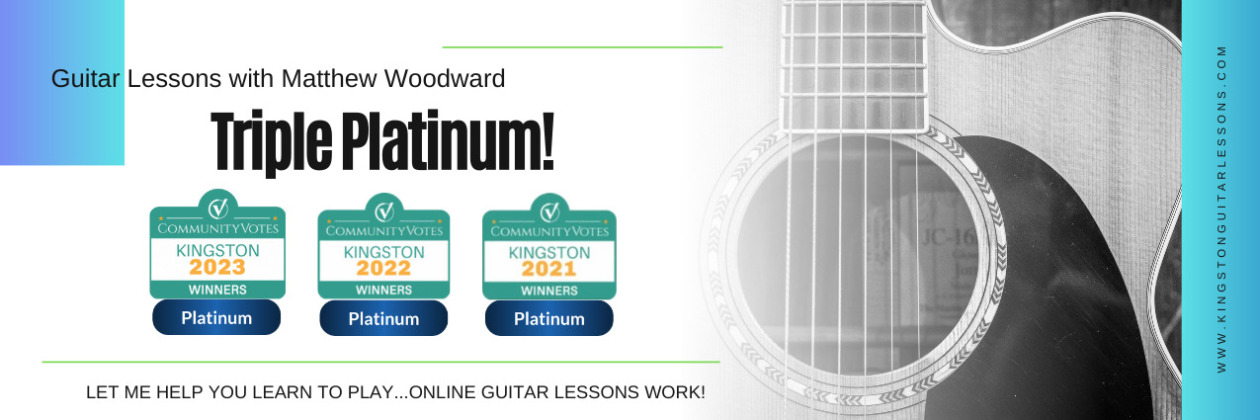What does the term “intonation” mean?
Simply put, intonation refers to a guitar’s ability to get in tune. Setting the intonation refers to the adjustment of the strings’ lengths to compensate for their stretching when they are fretted. This adjustment is usually performed at the bridge by moving the saddle(s) backwards or forwards until the 12th fret octave harmonic precisely equals the octave played at the 12th fret.
If the strings did not stretch when pushed down to fret notes, the intonation would be perfectly set with the bridge saddle(s) located at precisely twice the distance from the nut as the middle of the 12th fret is from the nut. Because they do stretch, the saddle(s) must be set back enough to compensate.
When setting up a guitar, intonation must be adjusted last, as any other variables such as the truss rod tension, action, or even the pickup heights can affect it. All intonation checking should always be done in playing position in order to account properly for neck flex, which affects string height and therefore string stretch.
How can I check my intonation?
Checking your intonation is easy with a quartz digital tuning meter, preferably one with a meter readout rather than one LEDs. Be sure your strings are relatively new, with at least 3/4 of their expected life left. With your guitar tuned to pitch and held in playing position, compare the note played at the 12th fret with the octave harmonic at the 12th fret. They should be the same.
If they are the same and you still have intonation problems, check the open strings and the other fretted notes. If particular frets are out and others are in, look to see if the frets are worn to the point where the string is not leaving from their centers. If so you may need a grind and polish or new frets to cure the problem. Bad scales are not uncommon on handmade or on very cheaply made instruments. If the intonation starts out bad on the first few frets and gets progressively better going up to the 12th, your guitar may have a misplaced nut. This would throw the entire scale off. You need the assistance of a competent repair person to relocate the nut.
What is involved in adjusting it?
The actual intonation consists of setting the bridge saddles so that the note played at the 12th fret is an exact octave of the open string. This is best done by a tuning meter to compare either the open string or the octave harmonic (12th fret) with the fretted octave at the same fret. Use gentle finger pressure, as any finger english or “articulation” will disturb the accuracy of the adjustment. If the note is sharp compared to the harmonic, lengthen the string. If the note is flat, shorten the string.
Electric guitars with individually adjustable bridge saddles are the easiest to set, but there are methods that can be used on acoustic guitars and other guitars without built-in adjustments, although those methods are too involved to discuss here. If you check your intonation regularly, it should rarely take more than a few minutes, provided you stick with the same action and string gauges. If you own a tuning meter I recommend that you check the intonation every time you change your strings. Even the slightest discrepancies from one set of strings to the next can make a difference. If the amount of adjustment provided by your bridge proves inadequate to intonate one or more strings, it may be necessary to have a repair person take a look. Sometimes a saddle needs to be turned around and re-slotted; sometimes the entire bridge may need to be moved. In general, however, it is a quick and easy home procedure.
One final reminder: always check the intonation with the guitar in playing position, as the flex of the neck would otherwise interfere with accuracy.
This information is borrowed from “The Novice’s Guide to Guitar Repairs” by Barry Lipman, with thanks to the author.






























